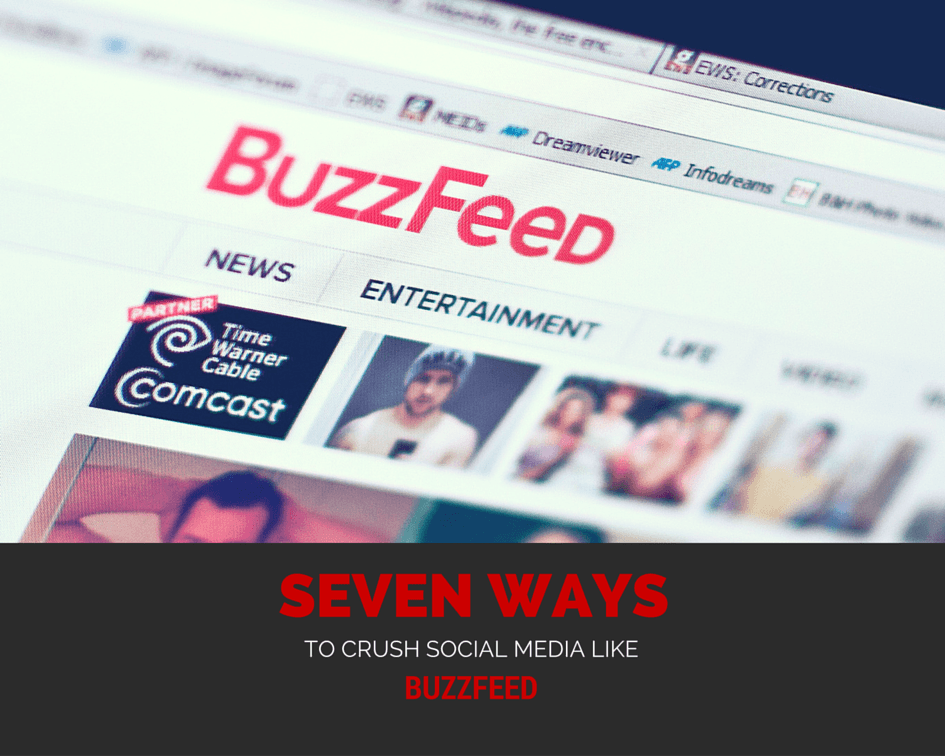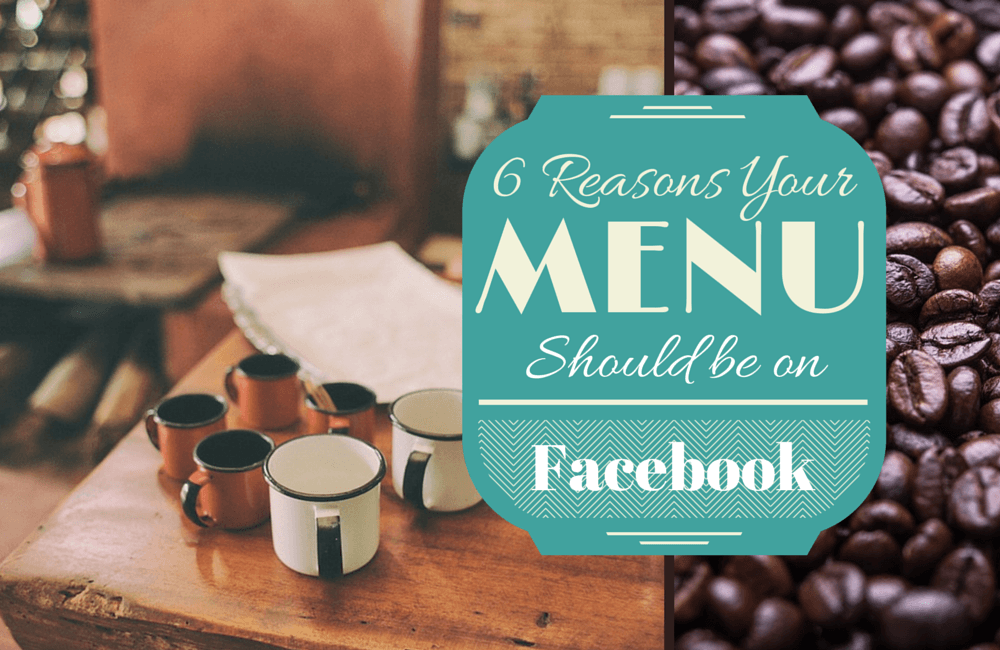In the last few years, history has been made. Words like selfie, selfie stick, twerk, derp and bae have all been added to the dictionary. It’s not surprising to hear something new everyday. Despite the ever-evolving lingo, there are a few marketing terms that seem to not be going anywhere anytime soon.
Have you ever stopped and wondered where some of these common words come from? No need to brush up on your marketing etymology to find out–we’ve decoded 6 frequently used marketing terms for you ourselves.Continue reading












